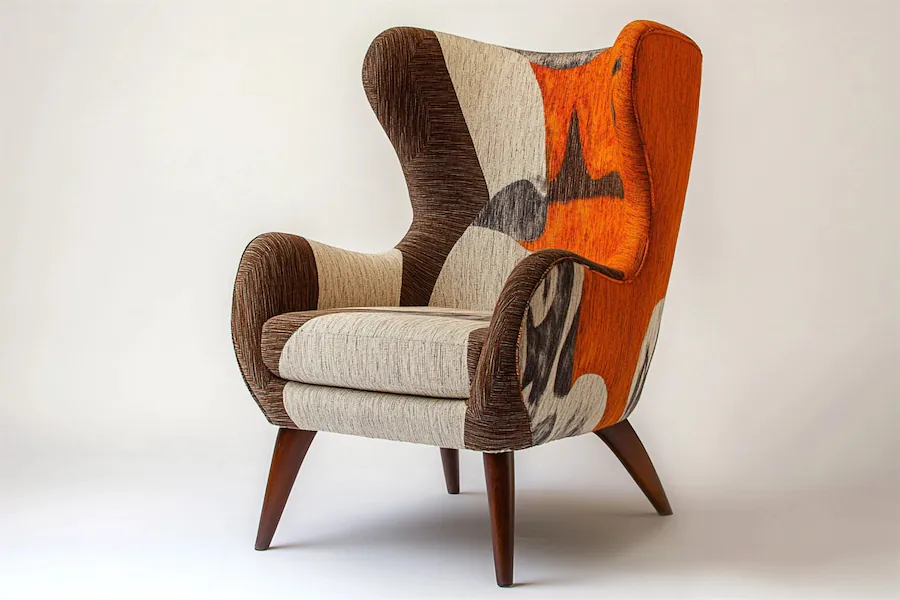Fabric chairs, distinguished by their upholstered seats and backs, have been integral to furniture design for centuries. This article explores their history, key features, applications, considerations for selection, and enduring appeal.
History and Origins of Fabric Chairs
The craft of upholstery has ancient roots, with early artisans stretching animal skins or leather across rigid frameworks to provide comfort. Over time, this evolved to include cushions and padding stuffed with materials like goose down and horsehair.
During the Renaissance, upholstery became more elaborate, with artisans in Italy and Britain creating wall hangings, drapes, and various cushions. By the 17th century, chair seats were being padded, and the use of velvet in upholstered furniture became popular.
The 18th century saw the development of classic upholstery shapes and techniques, with elegant frames matched by expertly executed upholstery. In the Victorian era, the demand for luxury and comfort led to excesses of stuffing and padding, with mass production making upholstered furniture available to all sections of society.
Key Features of Fabric Chairs
Fabric chairs are distinguished by several hallmark characteristics:
- Padded Seats and Backs: Provide enhanced comfort compared to non-upholstered seating.
- Variety of Fabrics: Offer aesthetic versatility to match different interior styles, with options including cotton, linen, velvet, and synthetic blends.
- Supportive Frameworks: Constructed with durable materials to ensure longevity.
- Design Versatility: Available in numerous styles, from traditional to contemporary, to suit various décor preferences.
Applications of Fabric Chairs
Fabric chairs are versatile and enhance various settings:
- Living Rooms: Serve as comfortable seating options for relaxation and socialization.
- Dining Rooms: Provide cushioned seating for extended meals and gatherings.
- Offices and Studies: Offer ergonomic support for work and reading.
- Bedrooms: Create cozy nooks for relaxation or serve as seating in dressing areas.
Considerations When Choosing a Fabric Chair
When selecting a fabric chair, consider the following factors:
- Comfort: Ensure the chair’s dimensions and cushioning meet your comfort preferences.
- Material Quality: Opt for high-quality upholstery and a sturdy frame to ensure durability.
- Design Aesthetics: Choose a style that complements your existing décor, considering the shape of the backrest and overall design.
- Space Availability: Measure your space to accommodate the chair’s size appropriately.
- Maintenance: Consider the ease of cleaning and maintaining the upholstery material.
Conclusion
The evolution of fabric chairs from simple padded seats to diverse and stylish furniture pieces underscores their timeless appeal. Their combination of comfort, versatility, and aesthetic potential ensures their continued presence in both residential and commercial interiors.
